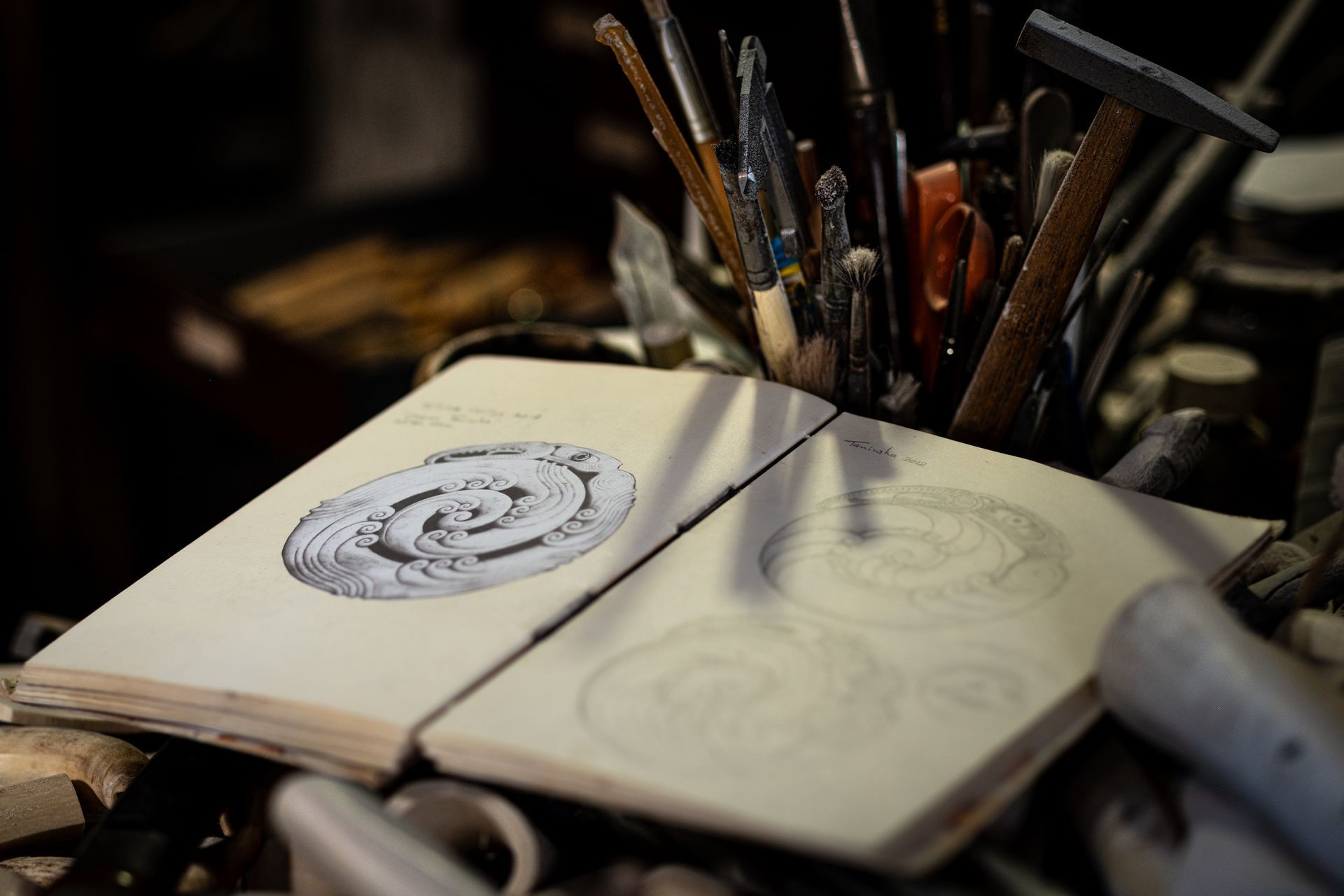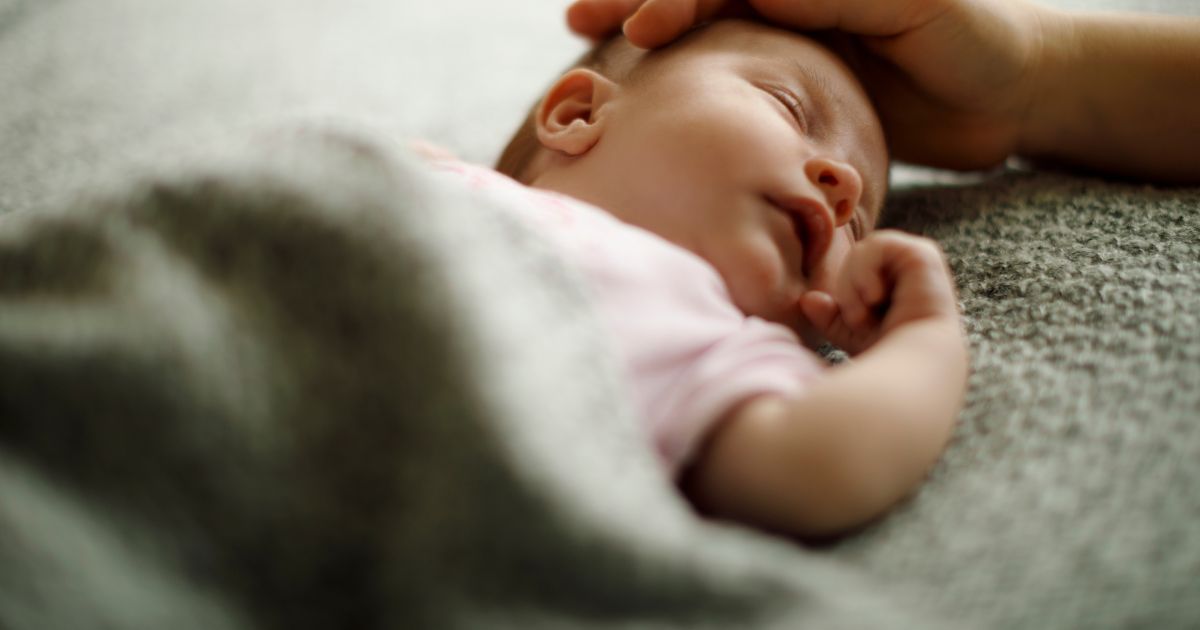
Wāhanga Tuawhitu. Chapter Seven:
He Koha - A Gift
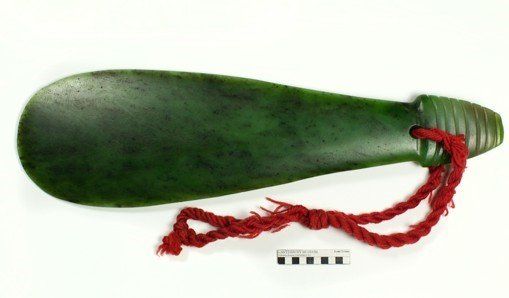
This mere pounamu resides within the guardianship of the Canterbury Museum. It finds itself in good company there with whānau gifted from all parts of the motu. We do not yet know it by name but we can be sure a name exists. This is an intimate weapon. This is warfare up close and personal - kanohi ki te kanohi - face to face in the fight. It is the weapon of a rangatira, of a chief. Great mana attends it. But this weapon came to the attention of its present caretakers long after the battles were over. This particular mere pounamu represents an engagement of a different kind.
According to Wikipedia ‘The Montgomery baronetcy, of Stanhope in the County of Peebles, was created in the Baronetage of the United Kingdom on 16 July 1766 for the Scottish lawyer and politician James Montgomery. The second Baronet represented Peeblesshire in Parliament. The third Baronet represented both Peebles and Selkirk in Parliament.. . . The seventh Baronet was Lord-Lieutenant of Kinross-shire. He assumed the surname Purvis-Russell-Montgomery in 1906.’
The eighth Baronet, Sir Basil, though he bore the full monicker, preferred the more modest ‘Montgomery’. He took up the title in 1947 after the death of his father. He lived at 77 Totara Street, Fendalton, Christchurch, South Island, New Zealand. Julia Bradshaw of the Canterbury Museum informs us that in October 1949 Sir Basil gifted the mere along with a beautiful kahukiwi (Kiwi feather cloak), a pounamu kohei (a long slender pendant of greenstone), a small pounamu heitiki and a sharks tooth. The Baronet’s gifts are inextricably bound to his whakapapa. They tie him to this land, and willingly so in my opinion.
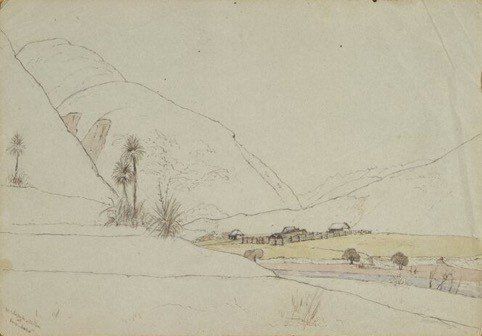
Born 1884 at Hattonburn House, Kinross-shire in Scotland, Sir Basil attended Uppingham School in Leicester and later Trinity Hall, Cambridge University. He was, I would say, of an adventurous disposition, inherited perhaps from his maternal Grandfather, Thomas Purvis-Russell, a man who played no small part in the pioneering enterprise of the young emerging colony of New Zealand. Thomas, known by all it seems as Purvis Russell, at least on these shores, arrived here in 1843 and not long after was running sheep on leased Maori land at Whangaimoana on the Wairarapa coast. His brothers Henry, John and Robert would follow in 1852 and sought out similar opportunity. Farming had served the family well in Scotland.
By 1853 Purvis Russell and his brother Henry were acquiring lands in Central Hawkes Bay, Purvis establishing a run on the Porangahau block near lake Whatuma (Hatuma today), while Henry secured a holding on the neighbouring Waipukurau block, which he called Mt Herbert. Purvis built a homestead at Whatuma, which he named Woburn. In fairly short order he would grow the Woburn estate to over 22,000 acres (about 9000 hectares). Brother Henry was no less industrious, grazing some 25,000 sheep at Mount Herbert by the mid 1870s. Of course, the dominant engagement between Māori and settlers in those years centred on land.
By 1853 Purvis Russell and his brother Henry were acquiring lands in Central Hawkes Bay, Purvis establishing a run on the Porangahau block near lake Whatuma (Hatuma today), while Henry secured a holding on the neighbouring Waipukurau block, which he called Mt Herbert. Purvis built a homestead at Whatuma, which he named Woburn. In fairly short order he would grow the Woburn estate to over 22,000 acres (about 9000 hectares). Brother Henry was no less industrious, grazing some 25,000 sheep at Mount Herbert by the mid 1870s. Of course, the dominant engagement between Māori and settlers in those years centred on land.
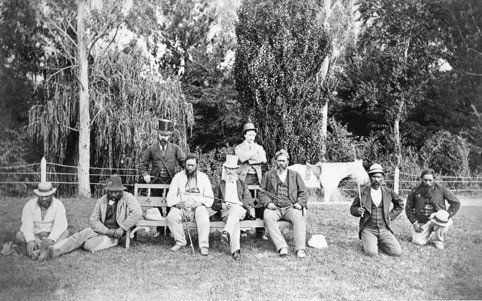
By 1870 the Russell brothers had allied themselves with the Repudiation movement led in the main by Henare Matua, a Ngāti Kahungunu tribal leader. Matua and Repudiation sought redress of Maori land grievances in Hawkes Bay and Wairarapa through legal actions intended to overturn previous land deals. Henry Russell in particular involved himself in the business of the movement financing many of their legal proceedings, funding Te Wananga, the movement’s Māori language newspaper and challenging land deeds in the Supreme court. It has to be said there are questions as to his motivations in this regard as monies advanced for such proceedings most often led to Māori indebtedness, collateralised by the only major asset left within the Kahungunu domain - land not yet sold to Pākeha. Then as now, lawyers did not come cheap and land lay at the heart of the matter. In the event, none of the repudiation movement’s legal challenges were successful. Matua was also a staunch advocate of local runanga administration of Māori land ownership to the extent that by the mid 1870s, local runanga were settling disputes over land, sometimes issuing certificates of title, collecting fees and administering leases. Runanga also tried and punished
offences, and claimed and settled debts, generally ignoring the operations of the Native Land court. Many Māori within runanga ‘jurisdictions’ simply disregarded the Crown institution altogether, an example I would suppose, of a preference for Māori solutions to Māori problems.
By 1882 Thomas Purvis-Russell was back in Kinross-shire, Scotland to give away his only child, Mary Maud, in marriage to Sir Henry J Montgomery (7th Bt.) at Hattonburn, where the future Sir Basil would be born two years thereafter. Grandfather Thomas was then a man of great industry, means and influence. In his later years he would spend less time in New Zealand. There’s many a homesick pioneer settler whatever their station and Thomas Purvis Russell became an absentee owner of Woburn, now named ‘Hatuma Estate’, in favour of northern hemisphere climes. No matter, the great station at Waipukurau, Central Hawkes Bay wouldn’t be his for much longer.
offences, and claimed and settled debts, generally ignoring the operations of the Native Land court. Many Māori within runanga ‘jurisdictions’ simply disregarded the Crown institution altogether, an example I would suppose, of a preference for Māori solutions to Māori problems.
By 1882 Thomas Purvis-Russell was back in Kinross-shire, Scotland to give away his only child, Mary Maud, in marriage to Sir Henry J Montgomery (7th Bt.) at Hattonburn, where the future Sir Basil would be born two years thereafter. Grandfather Thomas was then a man of great industry, means and influence. In his later years he would spend less time in New Zealand. There’s many a homesick pioneer settler whatever their station and Thomas Purvis Russell became an absentee owner of Woburn, now named ‘Hatuma Estate’, in favour of northern hemisphere climes. No matter, the great station at Waipukurau, Central Hawkes Bay wouldn’t be his for much longer.

In 1898 the Government of New Zealand seized Hatuma Estate for compulsory purchase under the Land for Settlements Act 1894. It would take nearly three years of legal wrangling to settle on a compensation figure. But in March 1901, the princely sum of £141,661 was paid to the agents of Thomas Purvis-Russell and the matter was done with. The Land for Settlements Act saw vast pioneering sheep stations broken up into smaller blocks where ballots were drawn and hopeful new settlers could boom or go bust while remnant Māori looked on, somewhat bemused.
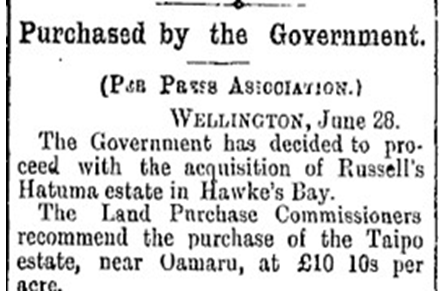
In 1904 Purvis-Russell’s grandson Basil Montgomery visits New Zealand for the first time, having finished with study at Trinity Hall to embark on a round-the-world tour. He visits Hawkes Bay and it is here, according to a note in the Canterbury Museum archives, that he Is given the mere pounamu by a chief named Te Waitoi. It is not clear from the archives whether the kahukiwi and other artefacts gifted by Sir Basil were given to him at the same time but I would have to say, it’s unlikely. Queen Elizabeth herself would not have received such a trove. It seems to me, given his whakapapa, that young Basil Montgomery must have received the mere as a symbol of the connection between his Grandfather and one or more of the hapu of Central Hawkes Bay, though that is not immediately apparent.
Patrick Parsons of Napier, an expert in Kahungunu whakapapa, the central iwi of the Hawkes Bay/ Wairarapa region, knows of no chief by that name or era nor could he find any record of one, but that of itself is no cause for concern. Every Māori is entitled to consider themselves Rangatira should they wish it. Living up to the idea will always be the issue. In this sense, the gift could well have been at a more personal level, as from a Maori contemporary of Thomas (Purvis) Russell’s. I can easily imagine Basil’s Grandfather telling his adventurous young protege to go and see if old Te Waitoi is stilll alive. . . but that is all purely fanciful speculation on my part. What is clear is that a gift of such mana speaks volumes to the esteem in which the receiver was held by the giver. That is the nature of pounamu.
Thomas Purvis-Russell of Woburn/Hatuma died in April 1906 at Bath in England leaving an estate of £257,677. His grandson Basil Purvis-Russell Montgomery, later Sir Basil Montgomery, 8th Baronet of Stanhope, returns to New Zealand to live in 1907. In September 1915 he married Milly Richards in Timaru. September and Spring is the very month for marrying. He served with the NZEF during the first world war as a private on the western front. His younger brother Henry served as a Captain with the Royal Highlanders (Black Watch) at Salonika. Basil was a farmer at Mt Somers after the war until retiring to Fendalton in Christchurch.
Sir Basil Purvis-Russell Montgomery, 8th Baronet of Stanhope, died 28 January 1964 at Christchurch.
Ben Brown
November 2020
Patrick Parsons of Napier, an expert in Kahungunu whakapapa, the central iwi of the Hawkes Bay/ Wairarapa region, knows of no chief by that name or era nor could he find any record of one, but that of itself is no cause for concern. Every Māori is entitled to consider themselves Rangatira should they wish it. Living up to the idea will always be the issue. In this sense, the gift could well have been at a more personal level, as from a Maori contemporary of Thomas (Purvis) Russell’s. I can easily imagine Basil’s Grandfather telling his adventurous young protege to go and see if old Te Waitoi is stilll alive. . . but that is all purely fanciful speculation on my part. What is clear is that a gift of such mana speaks volumes to the esteem in which the receiver was held by the giver. That is the nature of pounamu.
Thomas Purvis-Russell of Woburn/Hatuma died in April 1906 at Bath in England leaving an estate of £257,677. His grandson Basil Purvis-Russell Montgomery, later Sir Basil Montgomery, 8th Baronet of Stanhope, returns to New Zealand to live in 1907. In September 1915 he married Milly Richards in Timaru. September and Spring is the very month for marrying. He served with the NZEF during the first world war as a private on the western front. His younger brother Henry served as a Captain with the Royal Highlanders (Black Watch) at Salonika. Basil was a farmer at Mt Somers after the war until retiring to Fendalton in Christchurch.
Sir Basil Purvis-Russell Montgomery, 8th Baronet of Stanhope, died 28 January 1964 at Christchurch.
Ben Brown
November 2020

